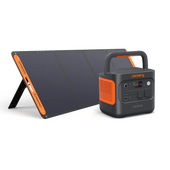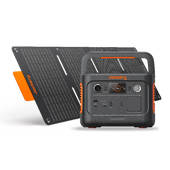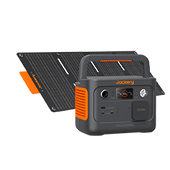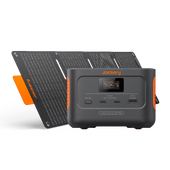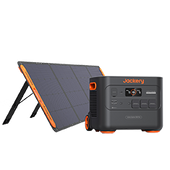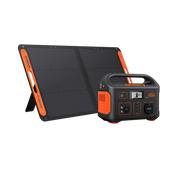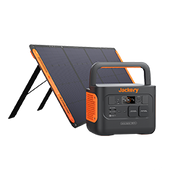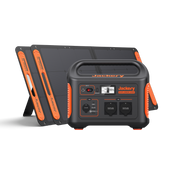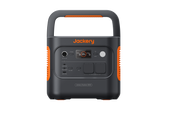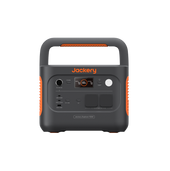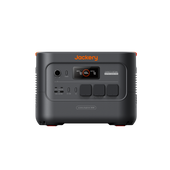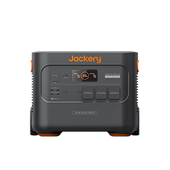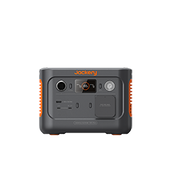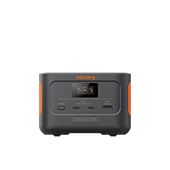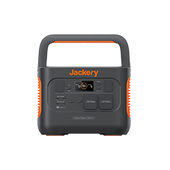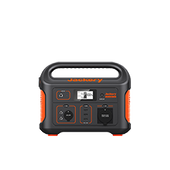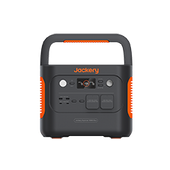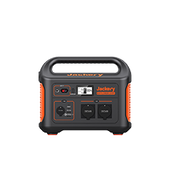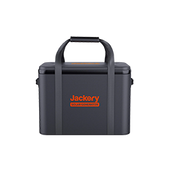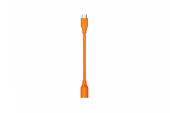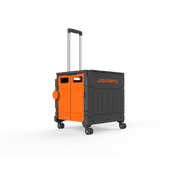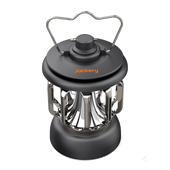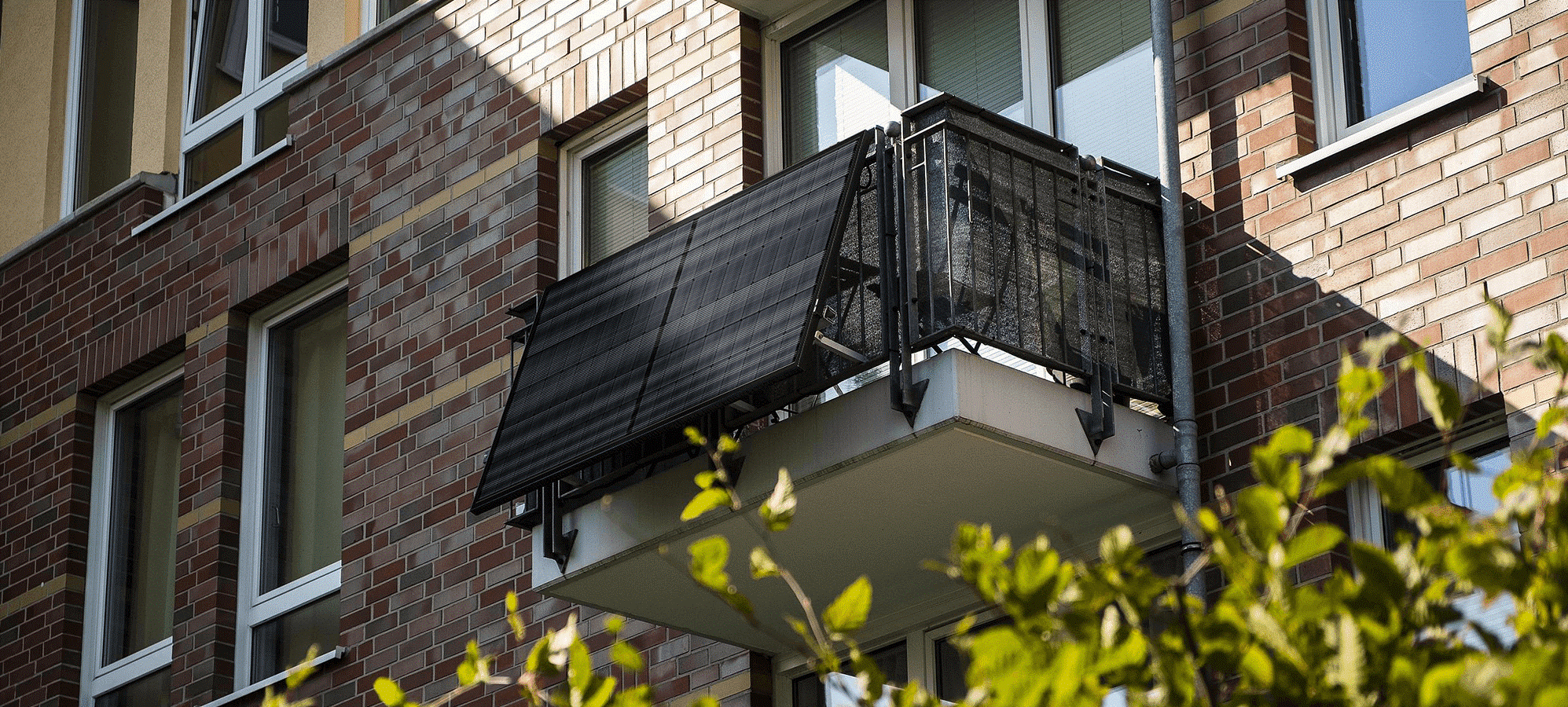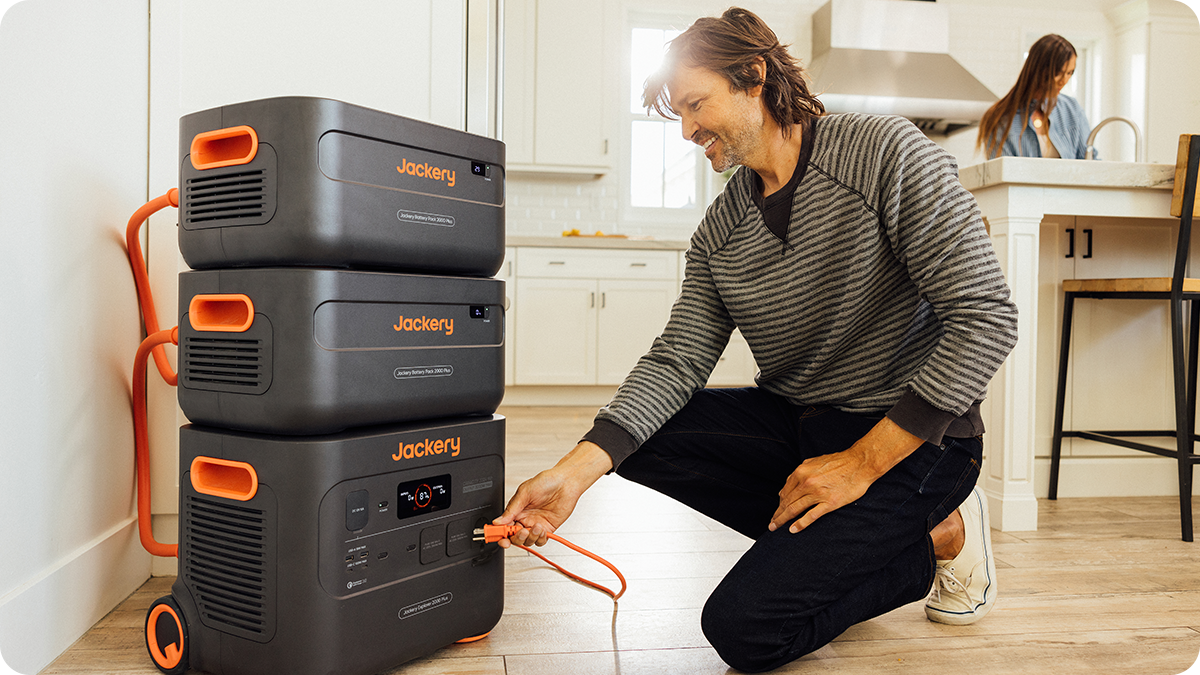Wild camping, unlike conventional camping, takes place out in the wild countryside rather than in a campsite or an organised setting. Those who wish to experience the thrill of nature choose it to enjoy the raw beauty of Europe’s wilderness, away from crowded tourist sites or noisy camping grounds. However, if you choose wild camping, you must be adequately prepared for your trip.
This article aims to discuss everything you need to know to make your way around EU states as a wild camper, including what is permitted, what is not, what gear you will need, like a solar generator, and how to keep yourself safe for a more rewarding experience!
What Can You Expect from Wild Camping?
Wilderness camping is not your average trip to the mountainside; it’s an adventure that allows you to observe the wild nature in solitude, away from the hubbub of conventional campsites. You can choose the place that speaks to you best and help yourself get fully immersed in the landscape.
There is also a certain unpredictable nature to wild camping that seems to attract those who seek adventure. You will come across all sorts of landscapes, meet changing weather patterns, and the terrain will be more challenging than you might anticipate. This uncertainty demands a certain set of problem-solving skills you might not be able to use otherwise.
You are also much more likely to spot the natural wildlife that otherwise seems to steer clear of rowdy campgrounds. Wild campers are usually the first to spot birds, exotic animals, and even various types of plants and mushrooms.
The Pros
Now speaking of the pros, you do receive a certain sense of freedom when it comes to wild camping. For one, you are free to choose the location that you desire rather than sticking to campgrounds that confine you to limited grounds. So, you choose your own spot instead and create your own experience. This could be secluded lakes, the top of a cliff, or random clearings between forests. Choosing your own location will also bring you closer to nature, for you will be away from light pollution and all other forms of pollution under star-filled views. We have also mentioned how you are much more likely to run into natural wildlife.
There is also an additional benefit of cost savings. And if it is that one time of the year that you are ready to pack your bags and head into the great outdoors, you might want to avoid excessive costs. For those experienced enough, wild camping is a perfect solution.
The Cons
Of course, this does not mean that wild camping does not have its own set of challenges. One of the major challenges associated with wild or nature camping is the absence of facilities that you would get in a campground. From running water to functioning toilets and access to the grid via electrical hookups, none of these facilities are readily available in the great outdoors. And unless you are adequately prepared, you may be left stranded.
You also must consider the legal uncertainty surrounding wild camping. Not every European country allows you to take part in wild camping, and many will only allow it in specific areas. You must do your research before you head out to ensure you don’t face any legal repercussions.
The Importance of Self-Sufficiency
Since you will be without access to many crucial facilities, it is more important than ever to invest in self-sufficiency and be adequately prepared for your wild camping trip. This includes being prepared with the right lighting, communication devices, food preparation, and emergency medical care. The final core concern is that of power generation. You should have access to a reliable supply of power that you can use at any time of the day or night. This means bringing along a portable power bank that can connect to all your necessary devices.

Where is Wild Camping Legal in the EU?
Wild camping penalties can widely vary from small fines to even potential jail time, depending on the offence. This is why knowing the camping laws is essential before you set out. Some of these offences include pitching tents where they are not allowed, leaving behind rubbish, or even lighting fires in areas that are designated unsuitable for camping.
Before you head out, you should consider the legal concerns that come with wild camping. Here is a brief overview of the laws you need to keep in mind, and which countries will allow or not allow wild camping.
Countries Where Wild Camping is Legal (or Largely Permitted)
There are two major territories in Europe where wild camping is legal or largely permitted. The first of these is the Nordic countries, which include Sweden, Norway and Finland. These countries have an ancient custom called “Allemansrätten," which loosely translates into "Everyman’s Right.” As the name suggests, this principle dictates that every individual has free access to uncultivated land and can camp on it as he or she sees fit. However, an unconventional ruling also has certain limitations.
For instance, you can set up a camp for one or two nights. However, they must be maintained at least 150 m away from houses and cultivated lands. This is to ensure that you do not damage wildlife or disturb residents in their properties.
The second country is Estonia, which has a similar concept called “Right To Roam.” This philosophy ensures that individuals can camp on public land with minimum restrictions. You will find several free campsites provided by the state that are well-maintained and have all the facilities you need for safe camping, including basic toilets and sometimes even firewood!
Countries with Restrictions or Tolerated Wild Camping
There are also some countries where wild camping is somewhat allowed, but with stricter restrictions.
The first of these is France, where wild camping laws tend to fall in a grey area that varies from region to region. Overall, the country designates wild camping as illegal. However, it is tolerated depending on where you are headed. Typically, you are allowed to camp for one night with only minimal items, and this is permitted in rural and mountainous areas. You will, however, be required to get the landowner’s permission before you set up camp. Areas where wild camping is fully prohibited include coastlines, near historical sites, and in protected areas. This is because these sites are much more sensitive and are classified as protected landscapes.
Next, we have Spain with complex regional laws. While national laws prohibit camping, some autonomous communities have specific regulations. Territories with strong hiking or mountaineering traditions are much more tolerant of wild camping. In contrast, national parks and coastal areas are fully protected, so you should steer clear of them.
Finally, we have Romania and Albania, where wild camping is illegal under national law. However, there are certain areas that are tolerant of campers, which include rural territories and mountainous regions. The Carpathians and Transylvanian Highlands, for instance, are popular among hikers and climbers for wild camping. So long as you are respectful of the wildlife, you can enjoy safe camping.
Countries Where Wild Camping is Illegal
There are also certain countries where wild camping is fully illegal and can result in significant fines. This includes Germany, Austria, the Netherlands, Belgium, Croatia, Italy, and Portugal.
However, you should explore the laws for yourself to see if there are any alternatives. For example, in Germany, residents can head to “stellplätze,” or designated overnight parking areas for camper vans and RVs, which offer basic facilities at modest costs. You can also find friendly farmers who allow overnight stays on their land.

The Essential Gear List for Safe Wild Camping in Any European Season
Now let’s talk about the essentials you should take on your trip, fit for any European season. Keep in mind that, unlike conventional camping, wild camping will take you into areas where you cannot purchase the necessary gear if you forget it, so pack wisely.
1. Tent & Shelter
The first thing you want to do is get a quality lightweight tent or shelter. It will be your primary defence against the elements, so ensure that it is waterproof, has good breathability, and will stand sturdy against changing weather conditions. Additionally, you should choose a tent that has earthy tones that blend with the surroundings—this will help you attract less attention from authorities in areas where wild camping might fall into a grey legal area.
2. Sleeping Gear
Next, you should invest in quality sleeping gear that will guarantee comfort in all environments. It should be padded so you can sleep comfortably on rocky or damp ground. Additionally, it should be insulated so it can keep you warm in chilly weather.
3. Cooking & Water
In order to keep yourself fed, you should bring along the necessary cooking gear, which includes a portable stove, preferably one that is electric, so you don’t have to worry about lighting a fire and exposing yourself to authorities. Additionally, you should bring along a water filter to have clean water during your trip. However, water purification tablets work just as well.
4. Clothing
For clothing, you should bring along multiple layers to ensure you are prepared for Europe’s unpredictable weather. Often, nights can be chilly while mornings, when the sun is out, can be warm. You should wear thinner layers underneath, preferably starting with a base layer that is insulating and prevents moisture. For outerwear, choose warmer layers that can keep you comfortable.
5. Navigation & Safety
Since you are going wild camping, you will have to navigate the wild territory on your own. This is why you should have the necessary navigation tools, which typically include offline or paper maps. Additionally, you should keep a compass and a GPS to ensure you do not get lost.
As always, accidents can happen. Therefore, you should bring along a sufficient first aid kit, a headlamp to provide lighting, and certain tools such as blades, scissors, and pliers that can help you do maintenance on your equipment in emergencies.
6. Power Supply
Wild camping often means taking a detour into areas that do not have access to the grid. In these circumstances, it is necessary to have a reliable power supply with you. We recommend our Jackery Explorer 1000 v2 Portable Power Station, specifically designed for outdoor enthusiasts who do not want to compromise on reliability.
This portable power station is one of the smallest and lightest variants, 18% smaller than our previous model, the Explorer 1000. It provides a 1070 Wh capacity capable of powering your smartphones, LED lighting systems, and small appliances for extended periods.
We recommend this not only because of its durable build or long lifespan (estimated to last no less than 10 years), but also because of the many output options it offers. Plus, you can charge it using our handy Jackery SolarSaga solar panels to ensure you have power throughout the day, regardless of where you trek!
Here are some additional features that make it suitable for wild camping and off-grid living:
- Emergency super charging, get a full charge in as fast as one hour
- ChargeShield2.0™ Battery Technology for surge protection and safe charging
- Reliable and durable LiFePO4 battery that gives 4000 Cycles
- Smart app control
- Multiple charging options (AC/Solar/Car)
- Whisper-quiet operation ≤ 22 decibels
- UPS ≤20ms for quick power switching
- 5-year warranty

5 Mistakes to Avoid on Your First Trip
In the event that this is your first time wild camping, be sure to research with due diligence. Mistakes happen, but if you know what to look out for, you can have a safe, enjoyable trip.
1. Ignoring Local Laws
The most common mistake individuals, primarily beginners, make is ignoring local laws. There are many European countries where camping is illegal and can lead to significant penalties. To avoid this, you should do your research and ensure the area is approved for wild camping.
2. Inadequate Gear & Testing
The next step that people often miss is not gearing up correctly. Having the right gear is essential to ensuring that all your immediate needs are met. This will help you avoid issues with food, water, and shelter down the road. Refer to our essential gear list to note all the necessary items you should take with you. These include your tent, solar generator, water filter, cooking equipment, and communication devices.
3. Choosing a Poor Campsite
The campsite you choose is of primary importance. You don’t want to choose a site that is unsafe and creates unnecessary risk. For example, avoid camping in valleys or depressed areas that can easily flood after rain. Additionally, you should avoid camping along ridges that can be exposed to lightning strikes. Camping too high up on mountainsides is also not recommended, as they can quickly bring in unbearable cold. Instead, do your research, consult with fellow campers if needed, and choose sites that are dry, durable, and safe for camping.
4. Not Planning for Emergencies
No matter how prepared you are, danger can strike at any time while nature camping, and you must be ready to deal with it. For instance, you should do your research on the campsite and mark out the safe evacuation routes, ensure you have a backup communication device, and carry a reliable portable power station so you don’t run out of power. Bring emergency signalling devices such as portable radios or whistles that can make your presence known. Finally, be prepared to administer emergency self-care if needed.
5. Forgetting “Leave No Trace”
Finally, you should never forget to adhere to “Leave No Trace” principles. Wild camping means you are fully responsible for keeping your environment clean and minimising impact during your stay. Never discard your waste in the wild; instead, keep it packaged with you for safe disposal at a later time. You should also try to minimise the use of fire for cooking food. This is why electric stovetops are so popular among campers. Finally, do not disturb the local wildlife during your stay and keep an appropriate distance at all times.
Final Thoughts
Wilderness camping across Europe is certainly possible if you know where to go. Do your research beforehand to ensure the area you are heading into is safe and legal for wild campers. Make sure you are fully prepared with the right gear, including a reliable power solution to keep you connected. Ready to embark on your next adventure? Start planning now, pack your essentials, and experience the rewards of wild camping across Europe!



